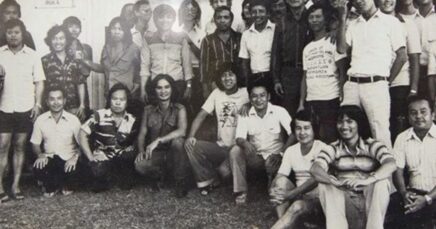Today we celebrate an important milestone in the union campaign for gender equity: the 1972 Arbitration Commission decision in favour of “equal pay for work of equal value”.
This came after decades of campaigning by unions for equal pay.

In 1969 a union test-case was brought before the Arbitration Commission by the ACTU, resulting in a ruling for “equal pay for equal work”.
This was a positive step, but this only applied to women doing the exact same work as men.
The majority of women worked in female-dominated industries that had been systematically undervalued due to the sexism of the time and were unaffected by this decision.
Women workers and the union movement kept campaigning for equality.
In October 1969 the union activist Zelda D’Aprano chained herself to the Commonwealth Building in Melbourne to protest for equal pay.

Individual unions, such as the metal workers, campaigned to secure the demand.
In 1972 a second equal pay case was initiated by the ACTU. This case was supported by the recently-elected Whitlam Labor Government and was argued for by the pioneering barrister Mary Gaudron (later the first woman to become a High Court Justice).

The Commission recognised the legal right to “equal pay for work of equal value”.
This result was a substantial achievement – one built upon decades of activism by women workers through their unions.

But it was not the end of the struggle for equality.
Today, the wage gap for women persists, women are often locked out of secure retirement, are more likely to rely on the minimum wage, are more vulnerable to exploitative and casual work, and are more likely to experience sexual assault and/or harassment in the workplace.
Women workers have been disproportionately affected by the COVID-19 pandemic and yet have been left behind in the economic response.
The Australian union movement continues the long and proud tradition of campaigning against sexism and for genuine gender equality today.



